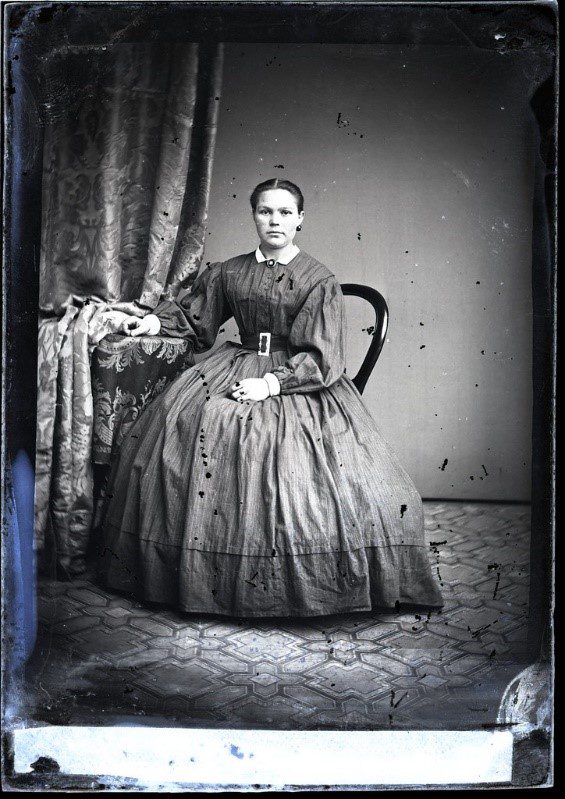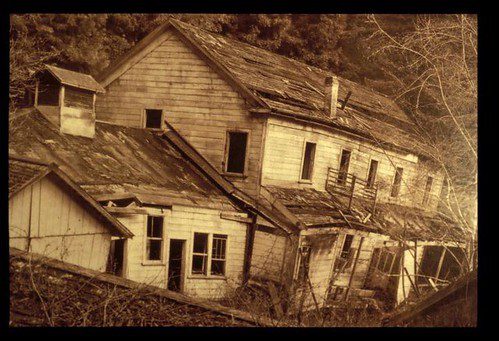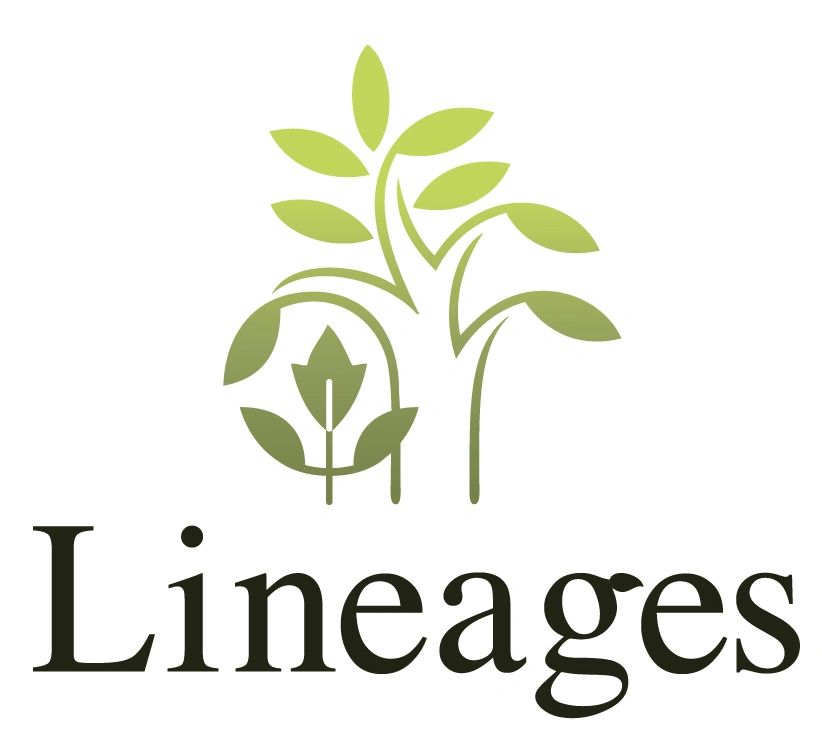New Year’s Resolutions

It’s a new year. Have you made your New Year’s resolutions yet? Are they merely a wish likely to be forgotten? Or do you have a plan in place to make them a reality? If you are considering making New Year’s resolutions that have to do with genealogy, this blog will give you some resources to make them happen. [i]
Why family history as a New Year’s resolution?
You are who you are today because of who your ancestors were. Like it or not, your parents greatly influenced your life. Some people publicly thank their parents after making a significant accomplishment in their career, while others go to therapy because of their parents. For better or worse, your parents are who they are because of their parents—your grandparents. This trickle effect goes back for many generations.
You inherited DNA from your ancestors. You also inherited a legacy. What do you know of this legacy you inherited? What did your ancestors go through that they may have passed on to you? In this way, learning about your ancestors means learning about yourself.
How to begin
If you are new to genealogy, you’ll want to start with yourself. Record memories from your childhood and about your parents and grandparents.

You can create a free account at FamilySearch. When you get started, you’ll be prompted to add information about yourself, your parents, grandparents, and great-grandparents. You may also add information about your siblings, aunts, and uncles. If you are married with children, you can add your spouse and children.
Start by entering the information you know and leave blank fields if you don’t know the information. You may know of relatives you can contact who may know that information. Perhaps they may join you on your genealogy adventures. Additionally, they may be able to confirm dates and places you’ve already added.
Some people have strained relationships with certain relatives. If this is you, you may either proceed without contacting them or decide if genealogy is worth attempting reconciliation over. This is a choice only you can make.
Another beginning step is to search your house for old documents and family papers. Whose birth and death certificates do you possess copies of? Do you have a box of old photos in the attic? You may also wish to contact relatives for this. Who inherited great-grandma’s family bible? Who has a copy of Grandma’s favorite recipe? Is an aunt or other relative notorious for keeping old, obscure papers? Checking for documents and photos can give you additional information to add to the family tree and clues to begin research.
Once you exhaust the information you and your living relatives know, it’s time to look for historical records. Records can verify and expand on the information you have of your family. Two or more relatives will likely disagree on certain events, and finding a record of said disputed event will give solid proof of what really happened.
When and where your ancestors lived determined what kind of records they kept and where you should look for those records now.
Resources
The FamilySearch wiki is a good starting point to find out what records and databases are available for the time and place your ancestors lived. You can search for a topic in the search bar or navigate the clickable map to your ancestor’s locality or ethnicity.
If your ancestors were in the U.S., the Red Book Online is an excellent place to find reference information about your ancestor’s state. To navigate, click on the link for the state in question, then refer to the navigation bar on the right for information about different record types in that state.
Cyndi’s List contains links to many databases, sorted by category and alphabetized.
Ancestry has many searchable databases, allows you to set up your family tree, and offers DNA testing. This paid subscription website can be accessed for free at FamilySearch Centers or FamilySearch Affiliate Libraries.
American Ancestors by the New England Historic Genealogical Society has many resources for the New England area and other areas in the U.S. Along with searchable databases, they also provide webinars, workshops, and courses, both free and paid.
There are two main websites for searching gravestones: Find-A-Grave and BillionGraves. I like to search for my ancestors on both sites because neither is comprehensive. Both websites provide photos and transcriptions of the gravestones and information about the cemetery. Sometimes, additional information can be found by contacting the cemetery where your ancestor is buried.
There are many resources for newspaper and obituary research. Some of these websites are free, and some require a paid subscription. Many websites requiring a paid subscription offer a free trial.
- Newspapers.com (paid)
- GenealogyBank (paid)
- Google News (free)
- Newspaper Archive (paid)
- Chronicling America (free)
- We Remember (free, recent obituaries)
- Legacy.com (free, recent obituaries)

If your ancestors immigrated in colonial days, you can look them up in Price Genealogy’s Immigrant Servants Database to see if they were indentured servants. The information you find here will give you clues to research further.
You may find it helpful to join a genealogical or historical society local to your area or local to your ancestor’s area. Many such societies hold records that have been donated to them. Some send out periodicals. Some hold local or online meetings. You can find one in the above-posted FamilySearch Wiki or Red Book Online.
If you are getting stuck in your research using the above resources, there are a couple of options. If you want to figure out how to do it yourself, you can find a local FamilySearch center or affiliate library, and the staff there can help you. If you decide you need a professional’s help, contact Lineages.
This year, get to know yourself by learning your ancestor’s stories—the legacy you carry on from them. By utilizing these resources, your family history related New Year’s resolution will become a reality.
By Katie
[i] All images are public domain.
